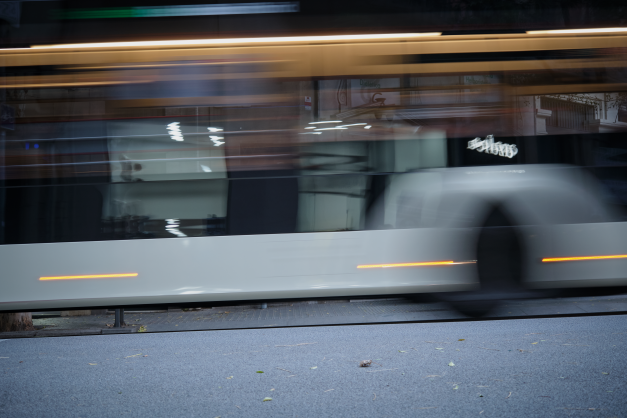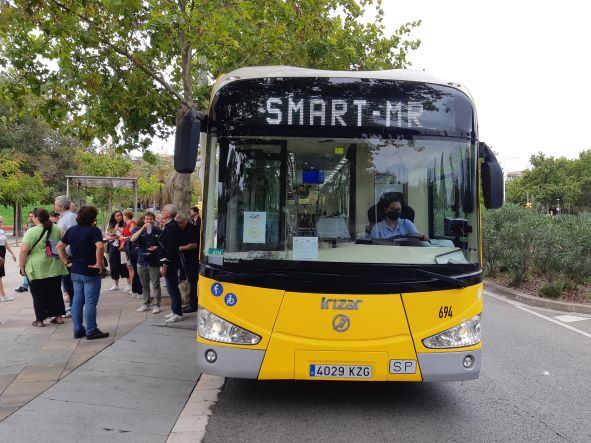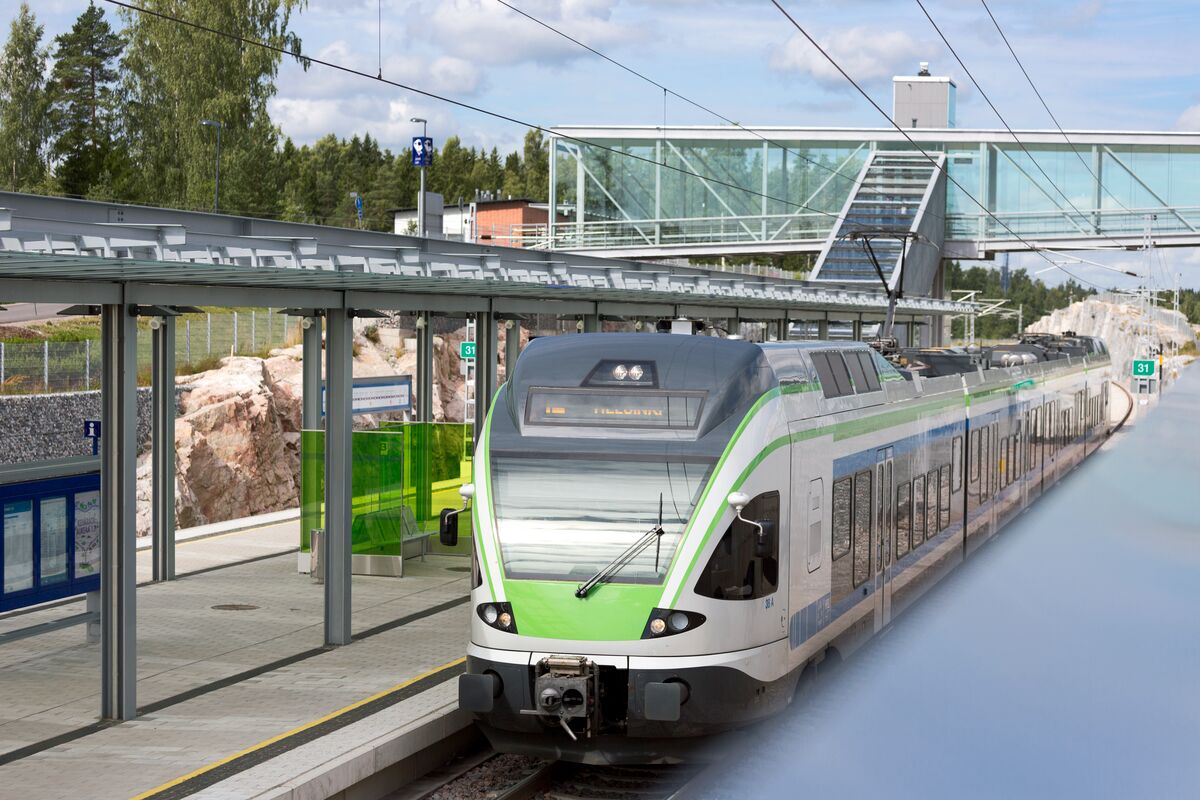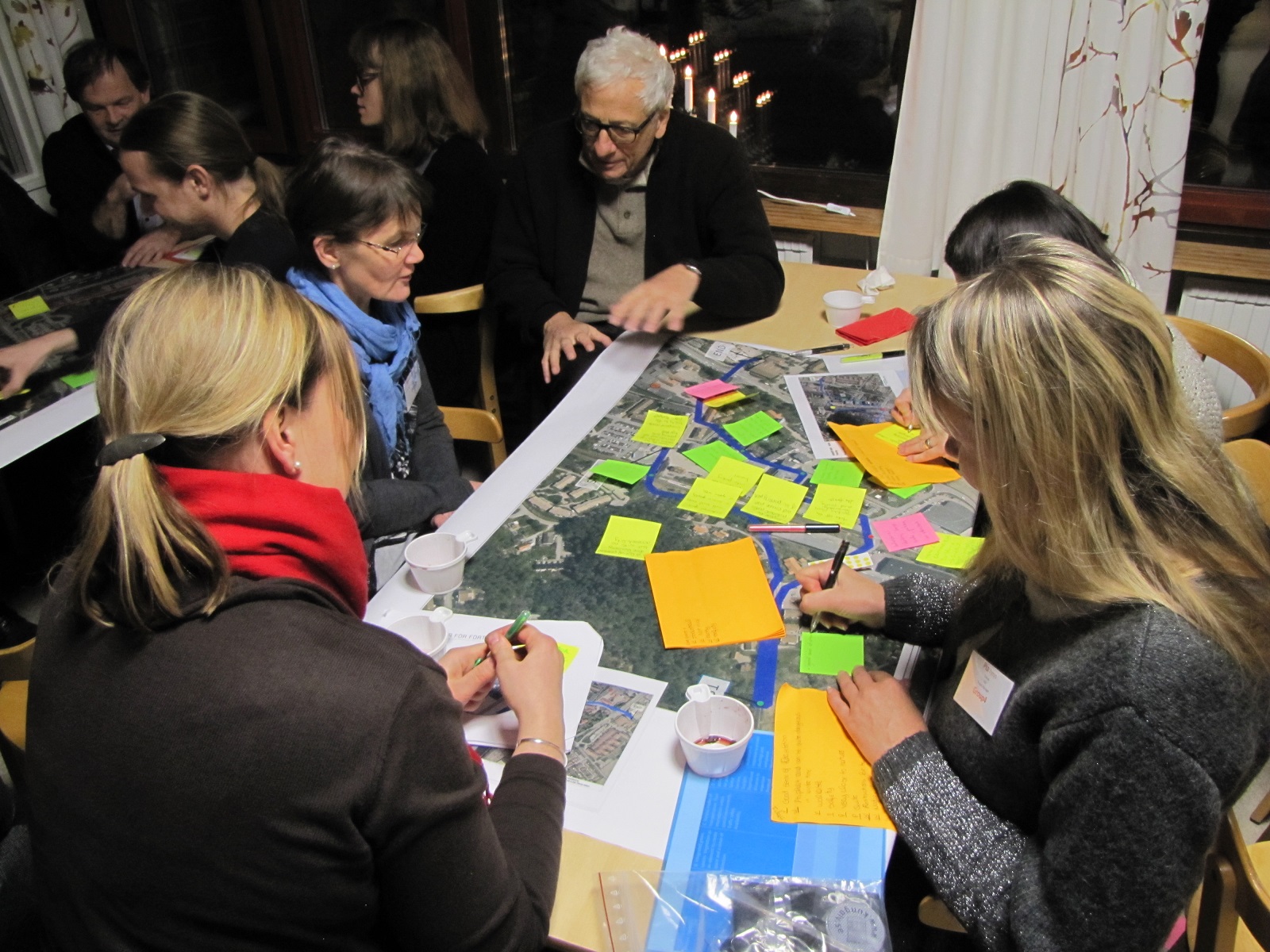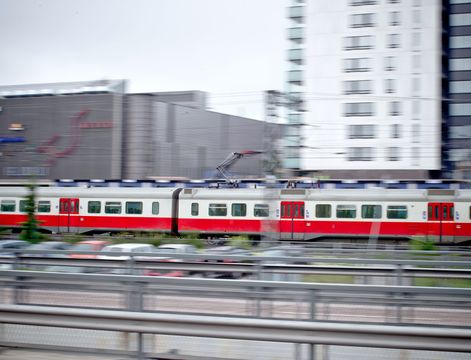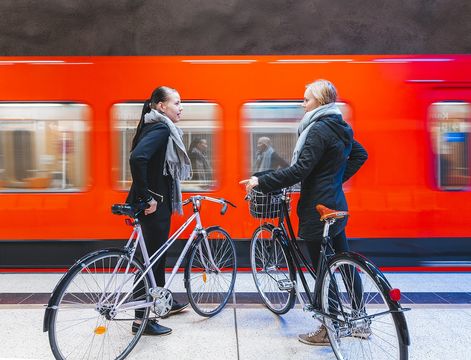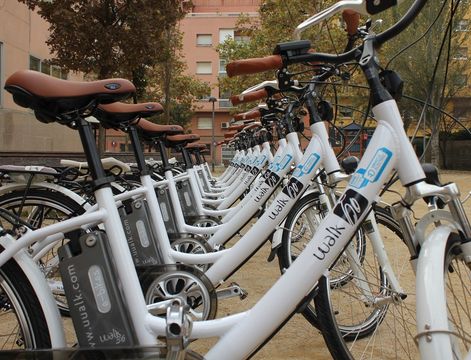Station areas are recognized as a development priority in terms of mobility, urban development, and climate targets. They are the starting points for transforming the urban environment from low-carbon station areas to low-carbon metropolitan regions.
The Station Area Concept (SAC) builds on a station area that is defined as an area in and around a railway station (or equivalent transport nodes in a regional express bus system), mostly using 500 meters and 1000 meters buffer zones as an easy approximation for accessibility. It is defined by an area developed with dense housing, mixed use, and liveability targets that create attractiveness.
The Practical guide on implementation of the Station Area Concept builds on the concept of transit-oriented development (TOD) and supplements it with two approaches, developed in SMART-MR project. The first, a Liveability-Oriented Area Development (LOAD), addresses liveability of urban station areas and the second, a Low-Carbon District (LCD), focuses on four main areas (land use, housing and living, business and services, mobility), and addresses them through four main aspects (climate change mitigation, resilience, circular economy, and social sustainability and health).
The conceptual framework of the SAC is based on the experiences gained in the SMART-MR project and follows the logic of change management (Kotter steps presented in chapter 2). Further on, we define station areas and present them as nodes in the polycentric regional structure. We continue with the presentation of the steps that can be followed in developing each individual station area. The development of station areas is presented through three pilot areas – Ytterby in Sweden, Malmi in Finland and Grosuplje in Slovenia.
With the guidelines we intend to support local and regional authorities in improving the ways to achieve liveability in polycentric metropolitan regions and to contribute to more sustainable and climate resilient settlement structure.


